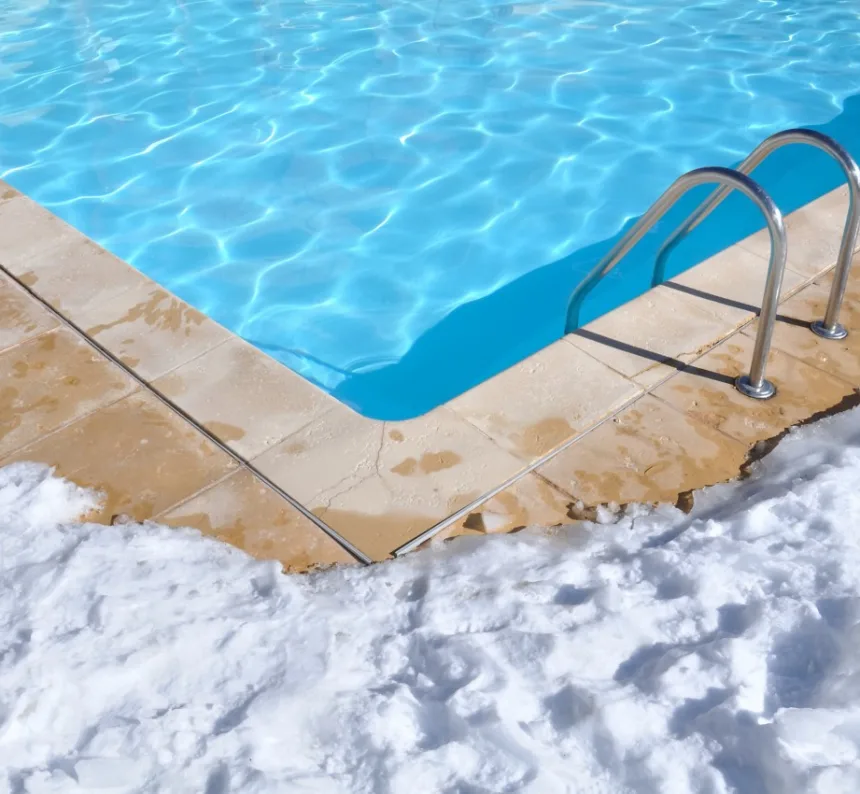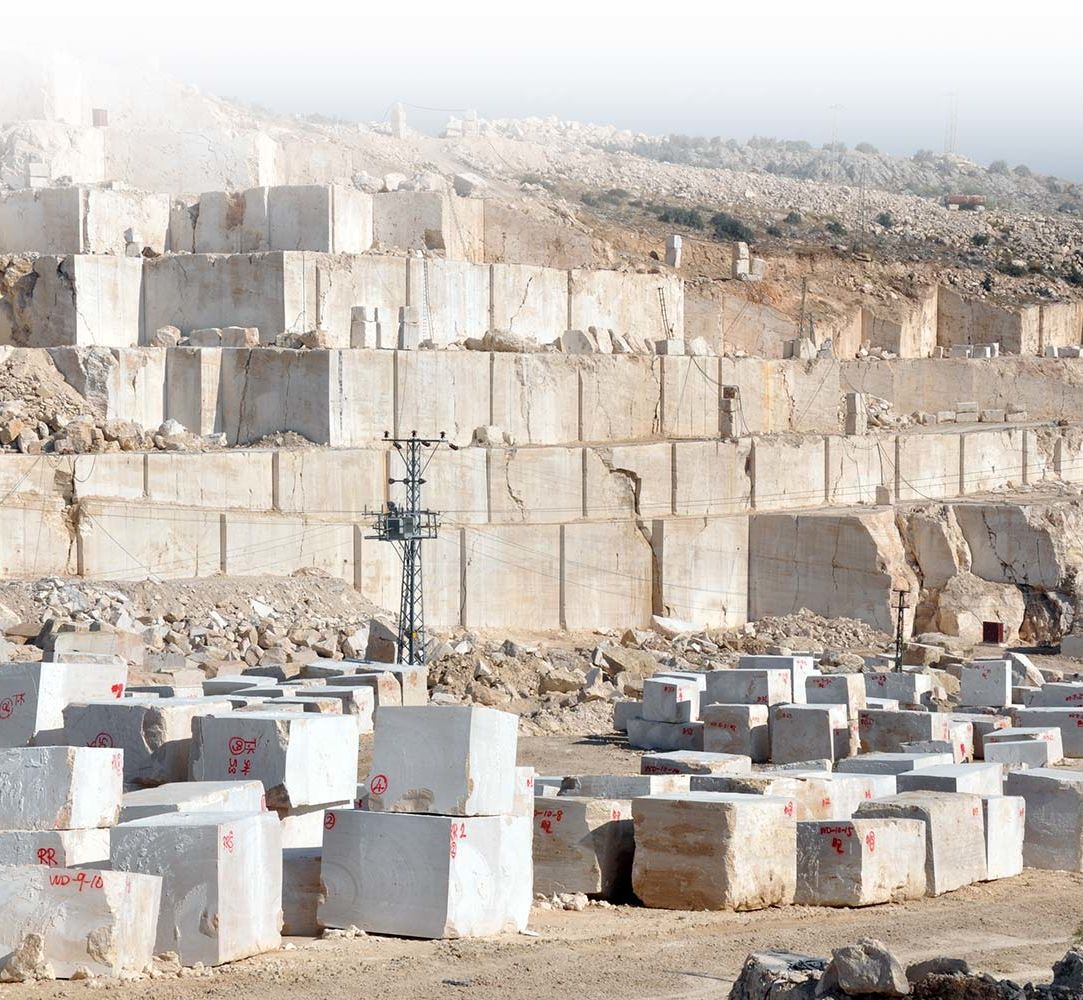Planning
The Pros and Cons of Travertine Patios & Pool Decking

Story Highlights
Travertine is a type of limestone that is formed by mineral deposits from natural springs. This sedimentary stone is created by a rapid precipitation of calcium carbonate. Other minerals mix together to create unique swirls and movement that give travertine its distinctive character.
This unique process gives travertine a porous characteristic with various benefits that make it a favorite choice for patios and pool decks. Unfortunately, the porous nature of the stone also comes with a couple of downsides. In this article, we discuss the pros and cons of using travertine for your patio or pool deck.

PRO
Heat Resistant
Studies show that travertine is about 20% cooler than concrete pavers and other natural stones. This is because travertine reflects the sun's rays while also absorbing the cool, low temperatures from the ground underneath. Because of this, travertine is a great choice for pool decks where most people will be barefoot.

Con
Stains Easily
Travertine is an extremely porous stone, making it very susceptible to staining. Like a sponge, travertine can soak up dirt and other stains. Also, the porous nature of travertine means it can retain moisture, making it a breeding ground for mildew and moss (especially in shady areas that don't dry out). Because of this, it's important to keep up with cleaning travertine patios and pool decks.

Pro
Slip Resistant
When it comes to swimming pool decking, it's important to know how slippery the material becomes when wet. With travertine, its porous nature allows for quick water absorption, preventing slippery conditions. The combination of heat and slip resistance makes travertine a favorite for pool decking.
For those with kids, this safe surface is a definite perk. Water inevitably splashes when kids play in a pool, so having a slip-free pool deck provides parents with peace of mind.

Con
Freeze/Thaw Cracking & Popping
The same porous, water-absorption benefits that make Travertine perfect for pool decking also make it easily destructible in harsh weather climates. When water freezes and thaws in Standard (or lower) grade travertine, the product has a tendency to crack and pop.
"Premium Select" travertine is the highest grade material and the only choice for freeze/thaw climates. It is extremely dense, has few surface holes, and expands and contracts with ease.
Installation is also an extremely important factor to consider. Dry-set construction is the only recommended installation method in freeze/ thaw climates. A mortared deck does not allow travertine to expand and contract with the cycles and will almost certainly cause cracking

Pro
It's Beautiful!
Travertine is a uniquely beautiful stone that has been used as a building material since ancient Roman times. Whether your design aesthetic is traditional or modern, travertine will blend seamlessly.
For the pictured project, French-pattern travertine was selected to create an "old-world" look to match the clients' colonial home that was constructed in the 1700's.

Con
High Carbon Footprint
Commonly sourced outside North America, travertine comes with a high carbon footprint because the stone is often transported from halfway around the world in order to get to your backyard. The good majority of travertine used in the United States comes from Italy, Turkey, and Iran.
In conclusion...
Weigh the Pros and Cons
As with most decisions, travertine comes with tradeoffs. It's heat and slip resistant, but it also stains easily and sometimes doesn't withstand freeze/thaw conditions. If you choose travertine for your patio or pool deck, it's important to keep up with the cleaning requirements and understand that damaged pieces may need to be replaced. Though it's always a stunning look, if you think the maintenance will prove too overwhelming, it might be best to consider other materials. If you have any questions, please do not hesitate to reach out to the professionals at Outdoor Dreams.
The Outdoor Dreams Difference: Elevated Pool Equipment Packages
The Outdoor Dreams Difference: Elevated Pool Equipment Packages
At Outdoor Dreams, we understand the importance of reliable, high-quality equipment for your pool. That’s why our standard pool equipment and electrical packages are designed to provide everything you need for efficient operation, durability, and convenience. This article details our pool equipment and electrical packages that go above and beyond.